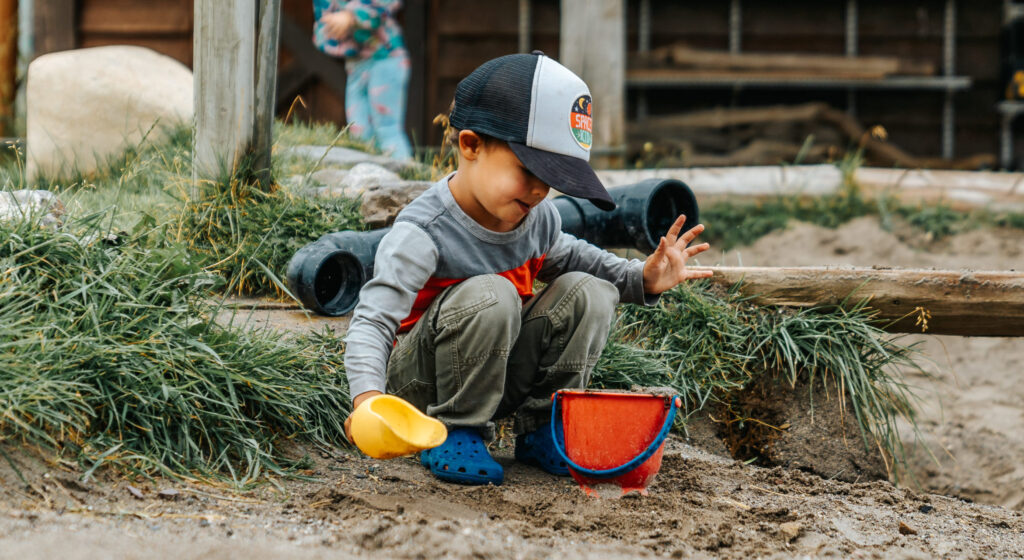Educators, want to learn more about nature-based, place-based, and project-based learning with young children?
Register for In Mud: Nature-Based Early Childhood Education
Handwashing is IN!
Children upped their handwashing game this past year. Countless reminders for people of all ages to wash their hands frequently and scrub for at least 20 seconds were a critical part of the public health strategy to prevent the spread of COVID-19. Agencies like the CDC produced kid-friendly graphics to help raise awareness. Kids’ handwashing songs like this one posted last April received millions of views. Hand sanitizer became ubiquitous.
Good Germs?
With bad germs receiving most of the press these days, it can be easy to forget that many naturally occurring bacteria are beneficial. Health practitioners like Dr. Angela Mattke, a pediatrician at Mayo Clinic’s Children Center, affirm that early exposure to a wide variety of germs in their environment is not necessarily a bad thing for children. (Read more on that topic here.) In their book Let Them Eat Dirt, Canadian scientists Brett Finlay and Marie-Claire Arrieta make a case for friendly microbes that help build immunity in babies and young children. Some of the best places to find those good bacteria? Look no further than the nearest patch of mud.

The Myriad Virtues of Mud
Playing in the mud at an early age has long been associated with positive childhood memories, but recent scientific studies suggest that mud play also enhances gut health and strengthens children’s immune systems. For example, this study examining the microbiota of preschoolers in Finland found that children who played in yards with natural features like plants and soil had a wider array of microbes in their systems, which researchers believe is linked to a well-functioning immune system. There’s even evidence that the joy experienced by children when they play in the mud has a bacterial component. Mycobacterium vaccae, a benign bacterium commonly found in soil, increases serotonin levels, which promotes feelings of calm and relaxation.
But the benefits aren’t limited to physical and mental health. Mud play also has significant educational value. Turns out that making mud pies together helps children learn teamwork, inspires creativity, and promotes fine motor skill development. The open-ended nature of mud allows children to explore freely without worrying about making mistakes. It also accommodates a wide range of developmental levels, which makes for an inclusive and accessible play space. Mud even has its own holiday. To highlight the many benefits of playing with mud, a group of early childhood educators created International Mud Day in 2008 which is celebrated each year on June 29th.

Getting Started with Mud Play
- Set up a mud kitchen. A few utensils and a supply of mud can lead to wondrous pretend culinary creations.
- Build a moveable mud pit. If creating a dirt pool in the yard isn’t an option, you can fill a large container with mud and make it available for play wherever you’d like.
- Make mud art. Spread a layer of mud across your canvas of choice and then paint using brushes or your fingers. Voila! Instant art studio, no supplies required.
- Mold mud sculptures. Make shapes or silly faces out of mud and then let them dry in the sun. Keep those little hands busy by exploring mud’s wondrous textures and temperatures!
- Create a fairy or creature home. Incorporate natural materials like leaves, sticks, and petals into mud to construct a miniature world. Enjoy the stories that come about!
Find more ideas for fun in the mud here. Happy playing!
Early childhood educators, please join our upcoming virtual In Mud workshop


